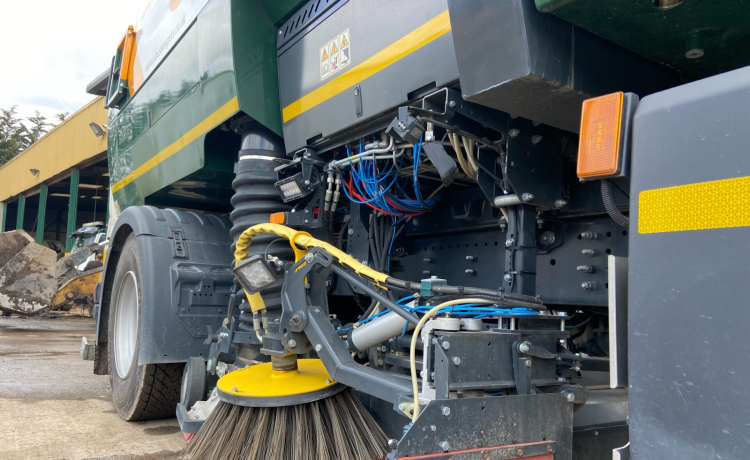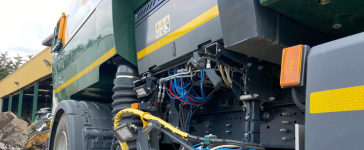Road safety and efficiency have become critical concerns for modern cities, where increasing traffic volumes and urban expansion put pressure on existing infrastructure. Innovative solutions are being developed to enhance the durability of roadways, reduce maintenance costs, and improve safety for drivers, pedestrians, and cyclists. By integrating advanced technology, smart design, and sustainable practices, municipalities and private contractors are transforming the way we experience and manage roads.
Beam Sweepers: A Game-Changer for Road Cleanliness
Beam sweepers play a pivotal role in keeping roadways clean and safe. These high-efficiency machines are designed to remove debris, dust, and small obstacles that can otherwise pose hazards to vehicles and pedestrians. Regular use of beam sweepers not only improves road safety but also contributes to the longevity of pavement surfaces, preventing damage caused by abrasive materials. Modern beam sweepers are equipped with advanced sensors and automated navigation, allowing them to clean efficiently even in high-traffic areas, reducing the need for human intervention and minimizing traffic disruptions.
Pavement Maintenance: Ensuring Longevity and Safety
Pavement maintenance is an essential aspect of road management that directly affects both safety and efficiency. Regular inspection, repair, and resurfacing prevent the development of potholes, cracks, and uneven surfaces that can lead to accidents or slow down traffic. Advanced techniques such as infrared asphalt repair, micro-surfacing, and seal coating extend the life of roads while reducing long-term costs. By implementing a proactive pavement maintenance strategy, municipalities can address issues before they escalate, ensuring smoother rides and safer roads for all users.
Smart Traffic Management Systems
Technology-driven traffic management systems are revolutionizing how cities handle congestion and road safety. Smart traffic lights, connected sensors, and real-time monitoring platforms optimize traffic flow, reduce bottlenecks, and alert authorities to incidents as they happen. By integrating data analytics and artificial intelligence, these systems predict traffic patterns and adjust signals dynamically, enhancing efficiency and reducing the risk of collisions. In addition, such systems can prioritize emergency vehicles and improve public transport scheduling, creating a more responsive and safer urban road network.
Advanced Road Materials
The selection of road materials significantly impacts both safety and maintenance costs. Innovative materials, such as high-performance asphalt mixes and permeable concrete, are designed to withstand extreme weather conditions and heavy traffic loads. Reflective and skid-resistant surfaces improve visibility and traction, particularly in wet or icy conditions, reducing accident rates. Some materials also incorporate recycled content, contributing to environmental sustainability while maintaining performance standards. By investing in advanced road materials, authorities can create durable, safer, and eco-friendly infrastructure.
Road Marking and Signage Innovations
Clear, durable, and visible road markings are essential for guiding drivers and preventing accidents. Advances in reflective paints, thermoplastic markings, and embedded LED indicators have improved visibility under various lighting and weather conditions. Similarly, smart signage systems provide real-time information about traffic conditions, hazards, or detours, allowing drivers to make informed decisions and avoid dangerous situations. These innovations enhance safety by reducing confusion and ensuring that essential guidance is always visible and understandable.
Conclusion
Creating safer and more efficient roads requires a multifaceted approach that combines technology, maintenance, and innovative materials. Beam sweepers and effective pavement maintenance form the foundation of a reliable road network, while smart traffic systems, advanced materials, and innovative signage improve overall safety and efficiency. By embracing these solutions, cities can reduce accidents, minimize congestion, and extend the lifespan of their infrastructure, ultimately providing a smoother, safer, and more sustainable driving experience for everyone.














